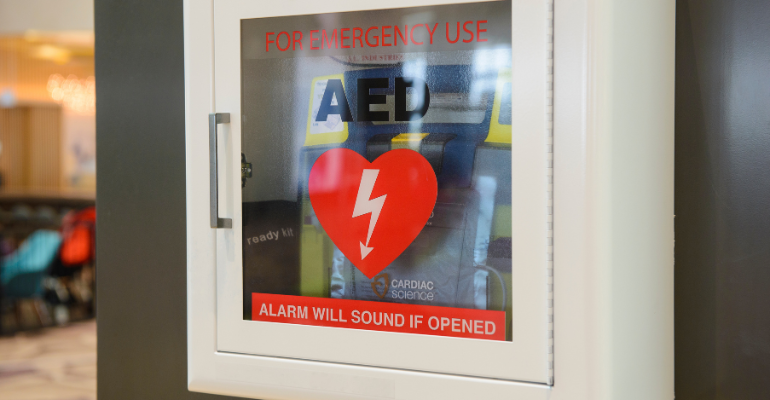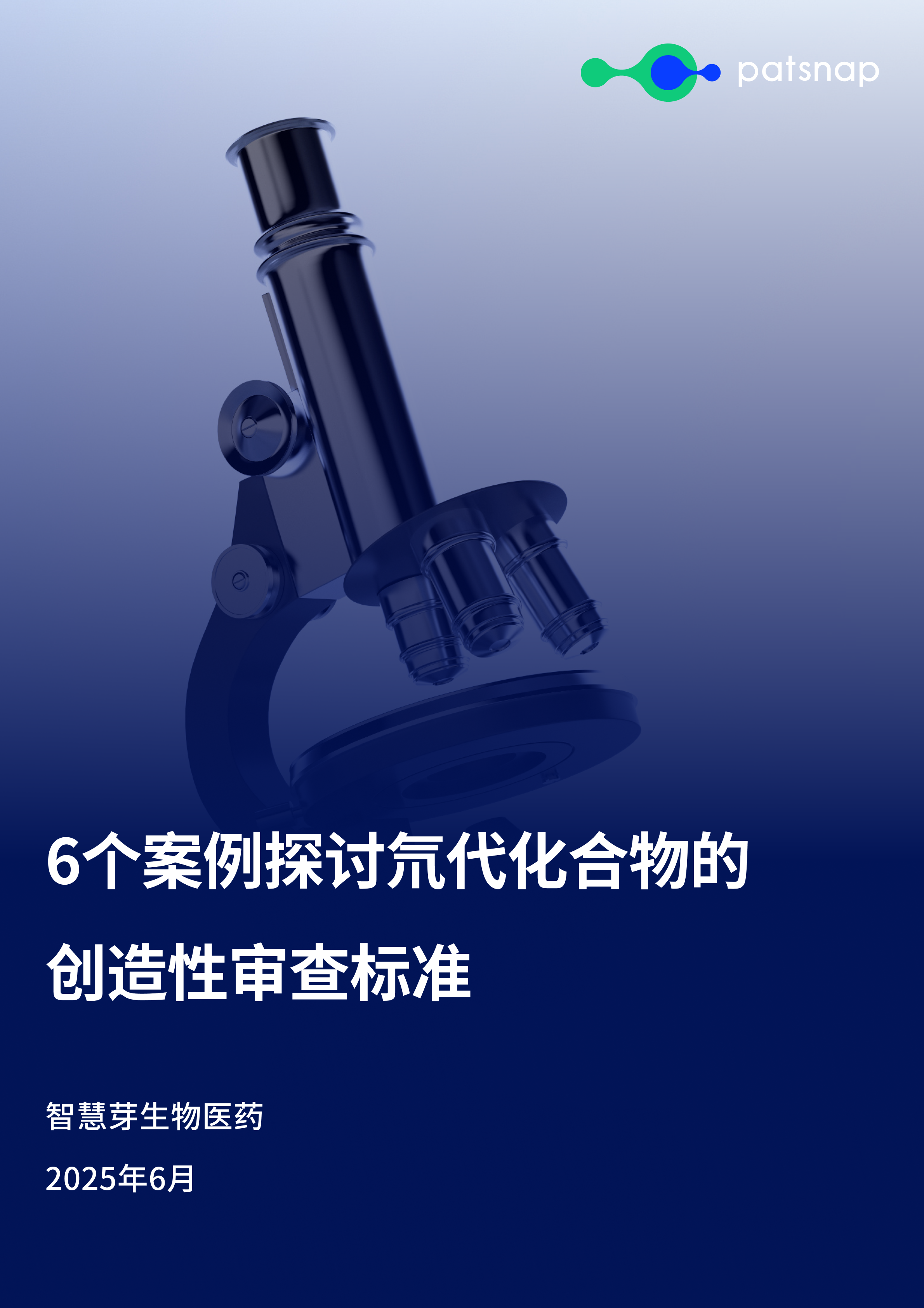预约演示
The Evolution of a Life-Saving Medical Device That Talks
2023-08-22
AHA会议
Now that the NFL preseason is firmly underway and fantasy football leagues are scrambling to sort out their draft picks, let's take revisit a moment from last football season that fans are unlikely to forget any time soon: The moment Buffalo Bills' defensive back Damar Hamlin collapsed on the field on live national television.
Multiple specialists have since cleared Hamlin to return to football this season, ESPN reported in April. Officially, Hamlin was diagnosed with commotio cordis, a specific type of cardiac arrest. The American Heart Association describes commotio cordis as a very rare consequence of blunt force trauma to the heart at exactly the wrong time in the heart rhythm, causing the heart to stop beating.
Aside from the trainers and first responders who rushed to Hamlin's aid, it could be argued that the MVP of that Jan. 2 game against the Cincinnati Bengals was the automated external defibrillator (AED) that helped save his life.
Contrary to popular belief, defibrillators can only correct irregular heartbeat patterns, they cannot restart hearts. In Hamlin's case, the defibrillation delivered by the AED used by the team's trainer successfully converted Hamlin's rhythm to allow his heart to beat regularly again.
Automated external defibrillators have become so common in public spaces that they may be easily overlooked.
Brostock / iStock via Getty Images

Preview
来源: mddionline
But there are many lessons to be learned from studying the evolution of the AED.
AEDs are also an impressive example of voice prompts enhancing user interactions with a medical device. The latest-generation defibrillators use voice prompts to guide users through the numerous steps required to perform a successful rescue. Spoken instructions, such as "stay calm" and "check breathing," spare the rescuer from having to read textual or graphical instructions, which would be more time-consuming and could create confusion.
The world's first portable defibrillator was launched by the Royal Victoria Hospital-Belfast in Ireland under the direction of doctors Frank Pantridge and John Geddes.
“Pantridge’s vision in the 1950s was that a defibrillator should be beside every fire extinguisher,” Dewar Finlay, interim associate dean of the school of engineering at Ulster University, told MD+DI in an interview in March 2022.
Although they had developed a mobile cardiac care unit, it was not convenient to use, as it weighed 110 lb. This was mainly due to the lack of miniaturized electronic components, particularly those required to power a defibrillator and provide the electrical energy needed to produce the required shock.
Read on to learn the role that rapid prototyping and user-centric design played in the evolution of the automated external defibrillator.
更多内容,请访问原始网站
文中所述内容并不反映新药情报库及其所属公司任何意见及观点,如有版权侵扰或错误之处,请及时联系我们,我们会在24小时内配合处理。
靶点
-药物
-Eureka LS:
全新生物医药AI Agent 覆盖科研全链路,让突破性发现快人一步
立即开始免费试用!
智慧芽新药情报库是智慧芽专为生命科学人士构建的基于AI的创新药情报平台,助您全方位提升您的研发与决策效率。
立即开始数据试用!
智慧芽新药库数据也通过智慧芽数据服务平台,以API或者数据包形式对外开放,助您更加充分利用智慧芽新药情报信息。




